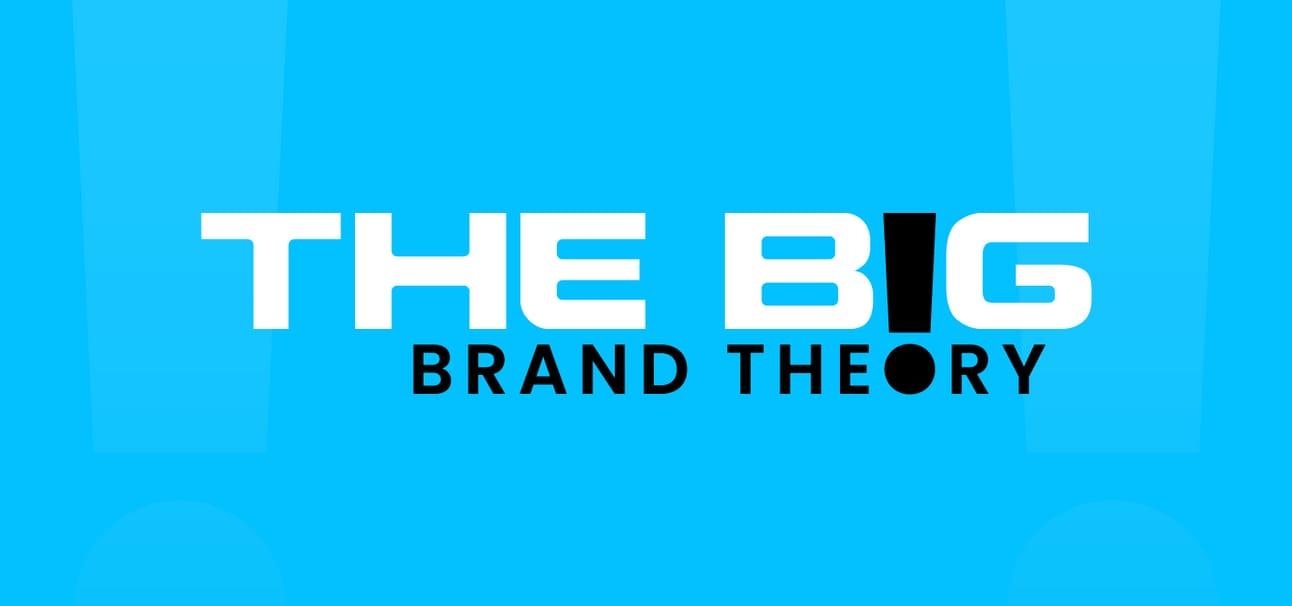- The Big Brand Theory
- Posts
- Steven Bartlett Used “Unconventional Influence” to Scale His Brand With Memes. Here's How:
Steven Bartlett Used “Unconventional Influence” to Scale His Brand With Memes. Here's How:
You might have tried to leverage influencers and social pages to build your authority. Well, Here’s the only right way to do them.


You are NOT the main character of your brand.
Your customer is.
And you’ll never be able to build a personal brand of great value until and unless you understand what your target audience ACTUALLY wants.
Today, we have a case study on a guy who broke all the barriers in leveraging his target audience’s behavior.
What?

Wait, I’ll explain in a bit,
The guy I am talking about is Steven Bartlett.

You might know him as the podcast host of “Diary of a CEO,” one of the biggest business podcasts, averaging around 10 million views a month.
Or you might have seen him as one of the judges of Dragons’ Den. (the British version of Shark Tank).
But what you might not know is:
Before all of this, he founded Social Chain– Europe’s fastest-growing social marketing agency.
After working with clients such as Spotify, Microsoft, Comedy Central, 20th Century Fox, P&G, Puma, Just Eat, and Hungry House, Steven sold Social Chain for over 7.7 million pounds.

Steven Bartlett gives all of his agency's success to his brand and ability to create unconventional marketing tactics.
We’re gonna break down one such strategy that you can start applying for your personal brand today.
Steve saw the Untapped Opportunity in Meme Pages.
Remember Shaan Puri? (here’s a breakdown of his personal brand too, by the way)
A few years ago, he launched an app that wasn’t getting any traffic.
After trying and failing in everything, he got help from Steven Bartlett.
Now, what he did was amazing.
Steven realized there were many Instagram accounts / Twitter pages about memes.
All of the kids in his group followed these pages.
Plus, these pages weren’t making any money.
So, Steven started offering them a thousand dollars to buy those pages.
And he'd partner with them when he couldn’t buy them and create his little conglomerate.
Soon, he accumulated a giant social-net of accounts, such as ‘Freshman Problems’ or ‘Harry Potter Fan Page.’

This conversation between Steven and Shaan will change the way you see marketing.
Steven and Shaan did a marketing campaign called “Thunder Clap,”

The goal: Get Shaan’s app on all of Steven’s accumulated pages on the same day to start talking about their app.
But wait.
That’s not all. Everyone decided that they’d use a “link to download app” on every promoted posts, so that viewers could download the app.
And then Steven said: No links.
Everyone: What do you mean?
Steve: Links aren't cool.
Shaan: Okay, so we just say how great our app is, right?
Steve: Naah. That also sounds like you're just selling it.
Shaan: Then, what do we do?
Steve: We’re gonna ask these pages to post stuff like: "Oh my God, I haven't gotten anything done today. Cause I'm so addicted to this stupid app.”
Shaan: Wait. So, no link, and you're gonna kind of insulting it?
Steve: Yeah, I'm complaining that everybody's talking about it.
I'm complaining that no one would shut up about it.
Yup, they did that on all these pages at once.
When people scrolled their timelines, they saw the same app three times in a row.
And that would force them to go to the app store and search for the name.
Genius, isn’t it?
Well, guess what? It freaking worked like magic.
They did around half a million downloads in five days with almost zero marketing spend.
It was just through this one thing.
Shaan’s app was the number one app ranked in the app store.

A Similar Framework For You to Try It Yourself:
As exciting as that story was, I am not asking you to buy up tons of meme pages and copy what Steven did. So,

1. Understand Your Audience
Conduct thorough research to understand your target audience's interests, behavior, and preferences.
Use surveys, social media analytics, and market research reports.
Empathy Mapping: Develop empathy maps to visualize and understand what your audience thinks, feels, hears, and sees. (We’ll discuss Empathy mapping in a later edition.)
2. Identify Influential Platforms
Identify the social media platforms and online communities where your target audience is most active.
Is it Instagram, Twitter, TikTok, Niche forums, or Reddit?
Recognize influential accounts or pages that your audience follows and engages with.
3. Engage in a way that’s never done before
Create a compelling and unique value proposition that resonates with your audience.
Example: Steven Bartlett’s use of meme accounts and unconventional messaging.
Craft messages that engage the audience subconsciously.
Instead of direct promotion, use messages that create curiosity and conversation.’
4. Strategic Partnerships and Acquisitions
Partner with influencers or page admins with a strong following among your target audience.
Offer money or profit sharing to add value to them.
Wanna go one lever deeper?
When possible, buy influential pages to expand your content network.
This is how Shaan and Steven used this framework for themselves.
Target: Young social media users.
Interests: Memes, popular culture (e.g., Harry Potter).
Identify Influential Platforms: Instagram and Twitter pages related to memes and youth culture.
Value Proposition: Unique and entertaining content.
Messaging: “Addiction” to the app, creating curiosity.
Strategic Partnerships and Acquisitions: Partner with page admins and buy theme pages.

And here it is.
A complete breakdown of Steven Bartlett’s strategy of unconventional influence.
I firmly believe that reverse engineering the industry's top leaders can create magic for your personal branding journey.
And that’s what I promise to bring to your life. Magic.
So, subscribe to this newsletter if you want this post to be sent straight to your inbox.
Also, send it over to your friends too. Thanks :)
Let’s meet next Thursday.
Your Big Brand Theory,
